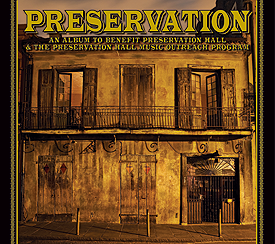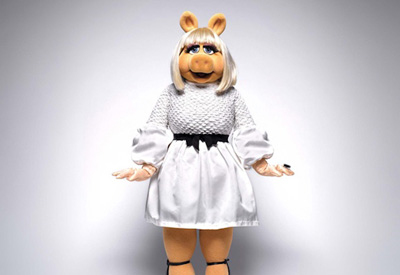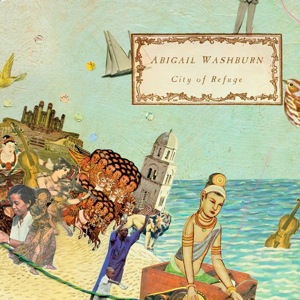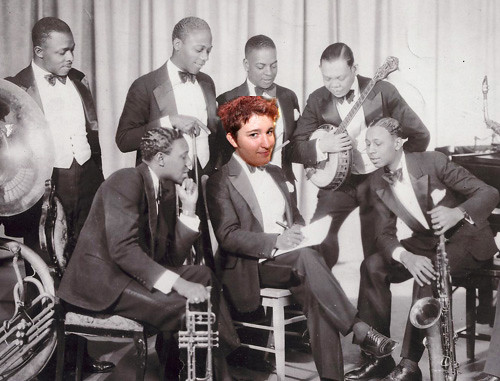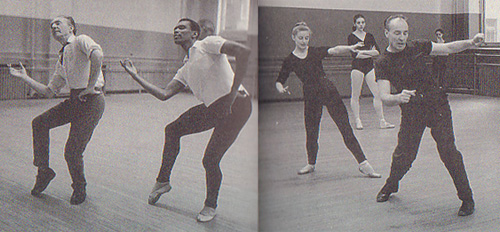
At some point I’m going to write up some thoughts I’ve had about imitation in dance. I’ve been thinking about it quite a bit in reference to cultural transmission (specifically appropriation). I’m also obsessed with the idea of genderflex and women pretending to be men or dressing up as men… or whatever it is that’s going on. But the post I’m really bored of seeing the same thing over and over… at Lindy Hop Variations for Followers has kind of given me a starting point for my actual, concrete ideas about imitation in dance.
I think I’m going to talk about how I think imitation is a good thing. Firstly, there’s that whole ‘imitation is the sincerest form of flattery’ idea, where people imitate – try to be – people they really admire. In dance, this means trying to dance like someone you admire. Sometimes this is a deliberate thing: “I want to be Skye”. That’s nice. Especially if that person you’re imitating is a total gun. Or a jolly good person. I mean, I noticed a whole little gang of young women pulling out Ramona type movements at MLX. Because they luuurve her. And who wouldn’t? She’s a gem. And a great dancer. And this is often how we work, particularly as young people – we imitate people who are important to us, who embody what we most admire or want to be.
Sometimes, though, (and more interestingly) imitation is a part of learning to dance. You just learn to move in a particular way from copying your teachers in class. I think it takes a truly brilliant teacher to turn out a class full of people who look nothing like their teacher. If a teacher’s pulled it off, it means they’ve clued people into the fundamentals of biomechanics and posture and whatnot, rather than just drilling their ideas into them.
…incidentally, I’m beginning to really figure out that it’s not what you say in a dance class that makes the difference. When I was teaching at uni I was always trying to talk less. I’d begin the semester by doing some talking, but really only to model how I wanted them to interact with each other (polite, interested, collaborative discussion rather than rude interruptions and lecturing). Then I’d ease it off and aim to just be a facilitator for their discussion. But in dance classes it’s even more important to talk less, dance more. Students don’t learn to dance by standing and listening to someone talk. Same as they don’t learn to discuss or explore ideas with a group by sitting and listening to someone lecture. So expressing ideas simply and concisely is as important as how you move your body when you’re teaching.
Yeah, so imitation in a pedagogic context is kind of interesting. On the one hand, it’s not ideal (discover your own self!), but on the other, that’s how we learn – we learn to talk by copying, we learn to write by emulating our favourite authors, we learn to sing by singing along with records or friends or whatever. And having a hero to admire and strive to be gives you a goal, it gives your work purpose and structure. ‘Just being yourself’ is a hard thing to do when you haven’t figured out how you move, yet.
This is where that post on Variations for Followers caught my attention. I can understand the frustration in looking at a crowd of dancers in competitions and seeing the. same. thing. over and over. Unless you’re looking at a highly codified dance like ballet or whatevs. I get really tired of the same twirly arms, the same pointy toes, that one jazz step… I guess I get crankiest when I see people imitating dancers I don’t like. :D Like what I like! Get it RIGHT! :D
Lindy hop is cool because it requires self expression to really work. I mean, I was just watching this clip of the solo charleston comp at Lindy Focus 2010. Listen to the crowd when Hurley brings his big smile out onto the floor. Peeps are responding to his personality.
But at the same time, learning to imitate someone exactly makes you experiment with movement and really figure out what you’re doing and how they’re doing it. Close observation, lots of experimentation. That’s all good stuff. Hopefully, though, this isn’t your end destination. Sure, I do like the thought of dancing like Skye, but I’d actually like to dance like Sam… wait… no, I’m pretty sure I’d rather bring my own flavah flave. Pretty sure. But learning from Skye will help me figure out my own limitations (what?!) and my own strengths. And pushing myself to realise his high standard will help me improve. Most importantly for me at the moment, imitating a male dancer helps me understand how gender is communicated in dance. As an example, at the moment I’m trying to shift my focus from my hips to my shoulders, because male lindy hoppers tend to create lines and points of interest through their upper bodies. I hadn’t thought I was so gendered in my own dancing until I started trying to really ‘dance like a man’. Becoming aware of this is really helping me understand how I move when I’m dancing. It’s also kind of blowing my mind to see how Al Minns screws with this idea of gendered movement.
I think this is why I’m so impressed by the generosity of teachers and dancers who redirect their students and fans to historical figures, or to hardcore masters. It takes a fair bit of humility to say “Hey, it’s nice that you like what I’m doing, but really, you gotta get into X. She’s the real stuff.” It must be really tempting – if you’re the sort of person who needs to be reassured by other people’s adulation – to just say “Oh, thank you. You’re too kind. Would you like a private lesson so you can be a bit more like me?”
Yeah, anyway, so I did plan to write something clever about imitation. But I don’t really have my brain on right this second. So these are just some starting points for my ideas, which I may (though probably won’t) return to later. I’m for imitation – it’s an exciting, useful tool. But I don’t think it should be the goal of your dancing.
